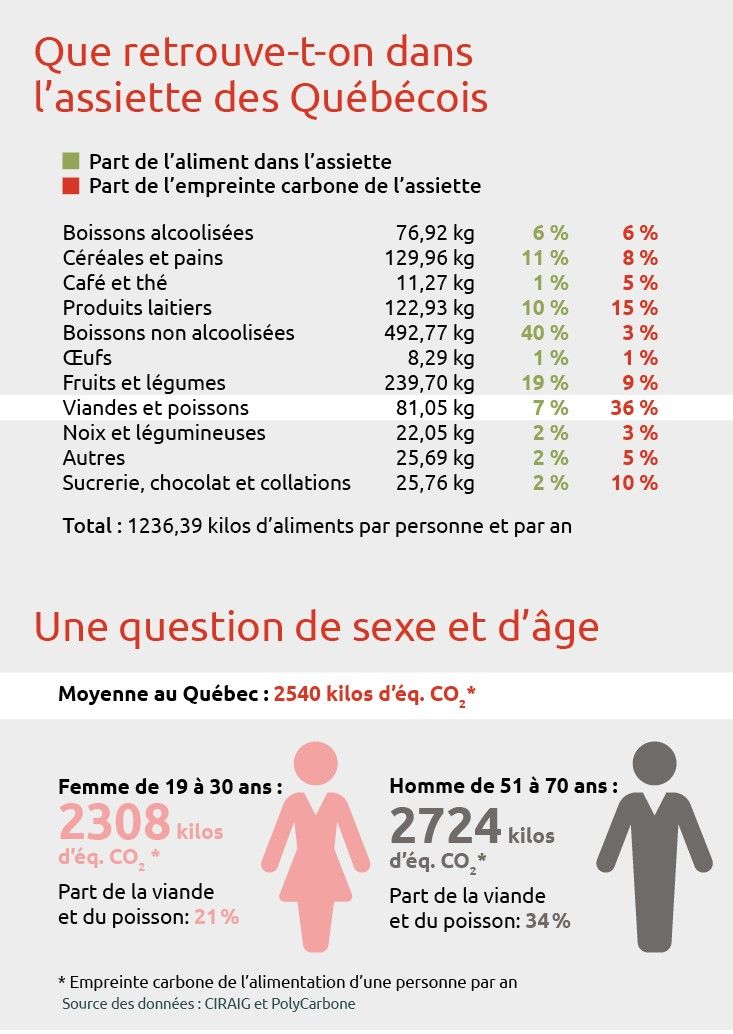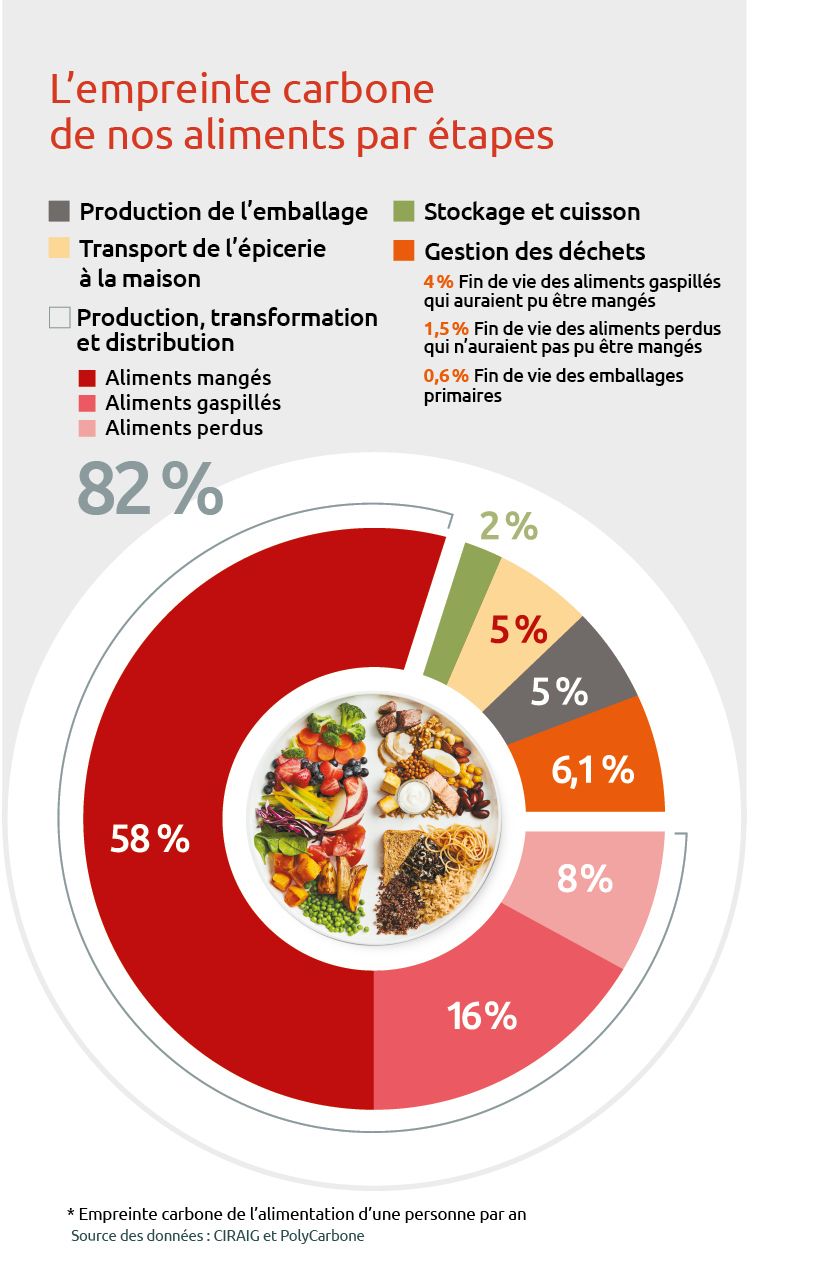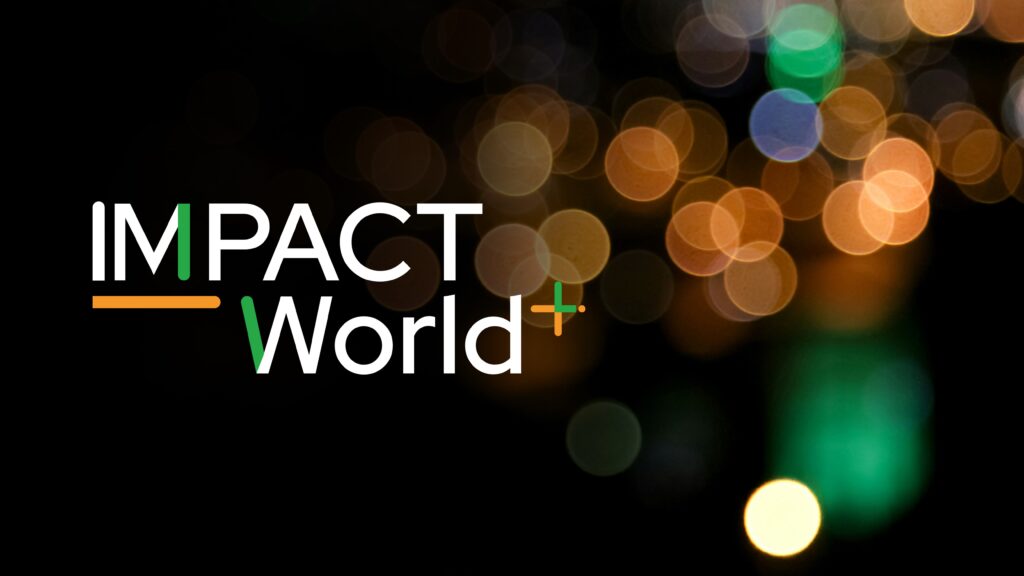
The aim of this project is to develop a methodology for quantifying direct and indirect GHG emissions that is homogeneous for all healthcare and social services institutions, adapted to their context, scientifically robust and easily operational.
This special publication of Le Devoir and Unpointcinq exclusively unveils the results of research work conducted by the CIRAIG.

 What does a typical Quebec diet consist of?
What does a typical Quebec diet consist of?
 What foods are responsible for our food waste?
What foods are responsible for our food waste?
 The carbon footprint of our diet.
The carbon footprint of our diet. 
The aim of this project is to develop a methodology for quantifying direct and indirect GHG emissions that is homogeneous for all healthcare and social services institutions, adapted to their context, scientifically robust and easily operational.

Regioinvent is a Python module that connects ecoinvent to an international trade database (BACI) to ultimately achieve a complete regionalization of the ecoinvent database.

IMPACT World+ is a globally regionalized method for life cycle impact assessment (LCIA).
Privacy Policy | Cookie Policy | Manage consent
© CIRAIG 2022 – 3333 ch. Queen Mary, Montreal, QC